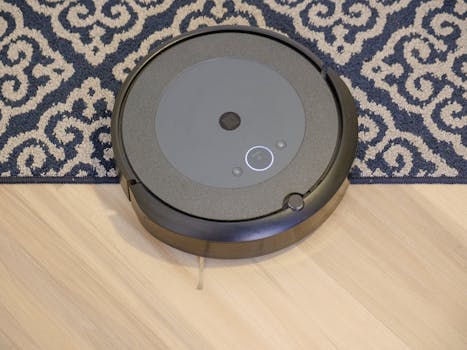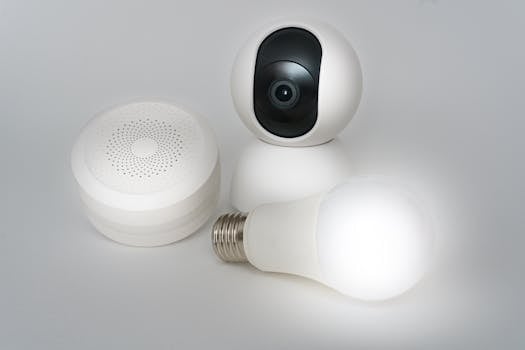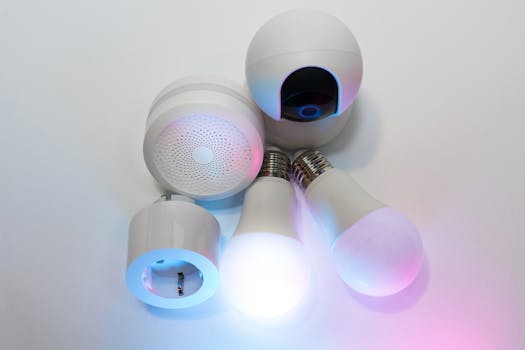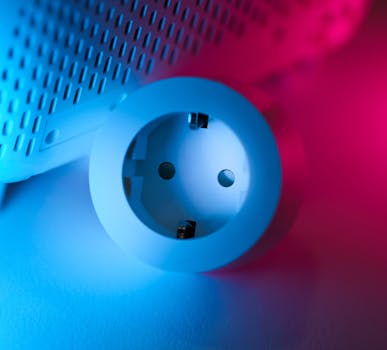
Smart Homes and Smart Living: The Technological Transformation of European Homes by 2025
Smart Homes and Smart Living are revolutionizing the way Europeans live, work, and interact with their living spaces. The integration of cutting-edge technology, such as artificial intelligence, Internet of Things (IoT), and renewable energy systems, is transforming traditional homes into intelligent, sustainable, and comfortable habitats.
Introduction to Smart Homes

A smart home is a residence that incorporates advanced technology to provide occupants with a high level of convenience, comfort, and energy efficiency. Smart homes are equipped with sensors, actuators, and microcontrollers that collect and analyze data, enabling automated decision-making and optimal performance. The European smart home market is expected to grow significantly by 2025, driven by increasing demand for energy-efficient solutions, government initiatives, and declining technology costs.
Key Features of Smart Homes

Smart homes typically include a range of innovative features, such as:
- Energy management systems that optimize energy consumption and reduce waste
- Automated lighting and temperature control systems
- Advanced security systems with biometric authentication and real-time monitoring
- Smart appliances and devices that can be controlled remotely
- Health and wellness monitoring systems that track vital signs and provide personalized recommendations
Benefits of Smart Homes

The benefits of smart homes are numerous, including:
- Enhanced convenience and comfort through automated systems and personalized settings
- Improved energy efficiency and reduced energy costs
- Increased safety and security through advanced monitoring and alert systems
- Better health and wellness outcomes through personalized recommendations and monitoring
- Increased property value and appeal to potential buyers or renters
Challenges and Limitations

While smart homes offer numerous benefits, there are also challenges and limitations to consider, such as:
- High upfront costs for installation and equipment
- Complexity and potential for technical issues or system failures
- Concerns about data privacy and security
- Limited standardization and interoperability between different devices and systems
Future of Smart Homes in Europe

By 2025, the European smart home market is expected to reach new heights, driven by advancements in technology, increasing demand for sustainable living, and government initiatives. Some potential future developments include:
- Increased adoption of artificial intelligence and machine learning in smart homes
- Integration of smart homes with broader smart city initiatives and infrastructure
- Growing focus on energy storage and renewable energy systems
- Development of new business models and services for smart home owners and occupants






